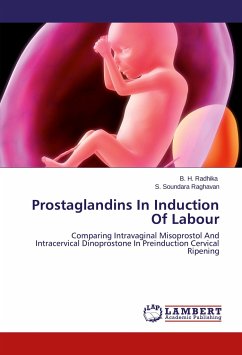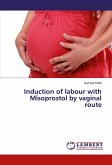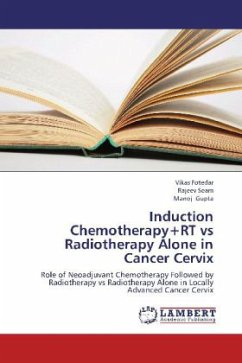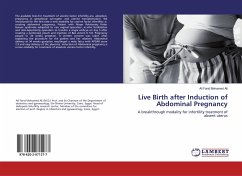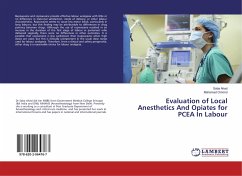Induction of labour is one of the most commonly practiced interventions in modern obstetrics. Induction is progression from cervical ripening through to the onset of uterine contractions. Several methods have been used to ripen the cervix prior to induction of labour. Wide variety of prostaglandins,dosages, dosing intervals, routes of administration are available for this purpose. Among them, dinoprostone gel is most commonly used. Though the efficacy and safety of intracervical dinoprostone gel is well established, it is expensive, needs refrigeration and requires skill for intracervical application. Whereas, misoprostol is inexpensive, can be stored at room temperature and is easy to administer. Misoprostol can thus be considered as an alternative to dinoprostone gel for preinduction cervical ripening. The purpose of this study is to compare the efficacy and safety of intravaginal misoprostol and intracervical dinoprostone in preinduction cervical ripening.

